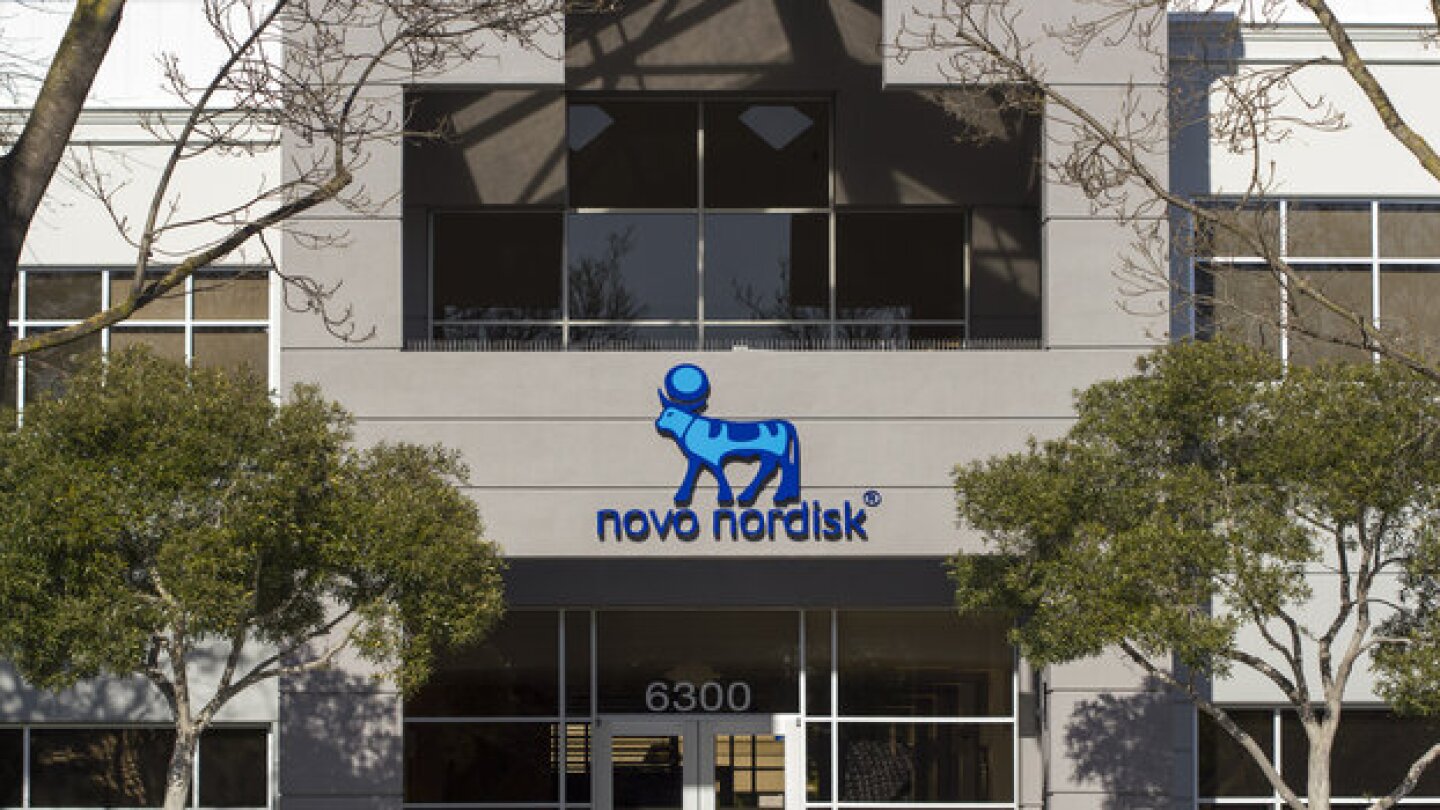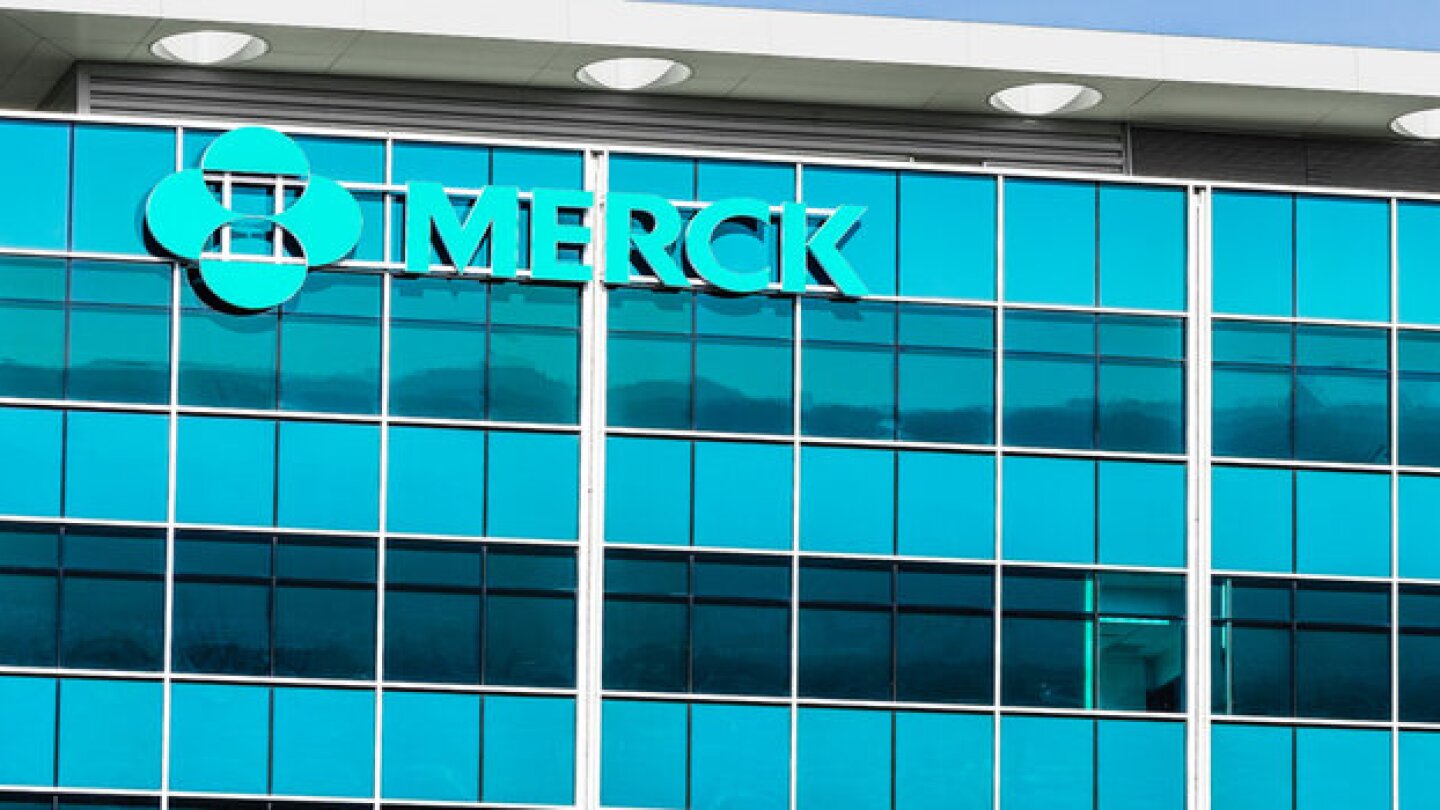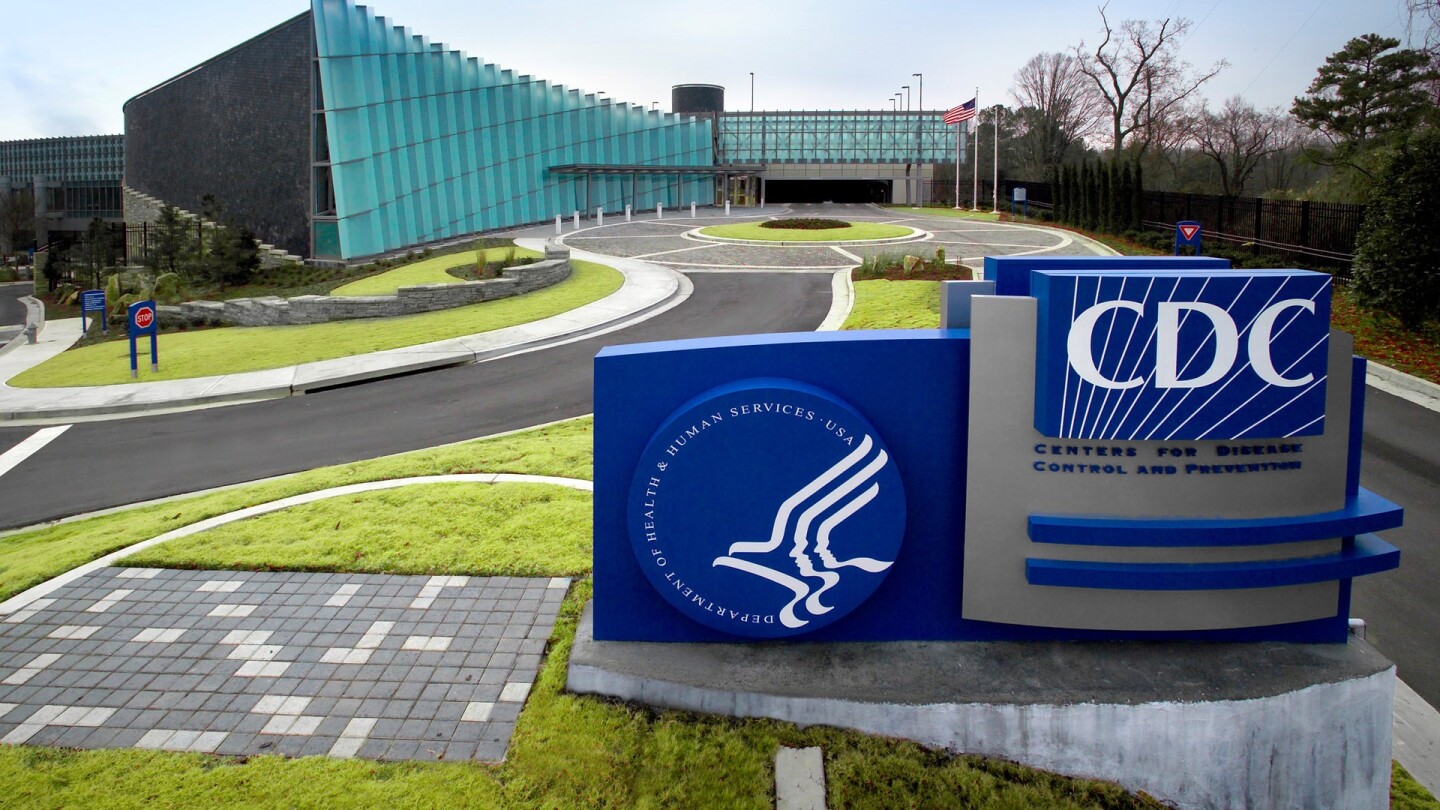News
Policy initiatives have come fast and furious at the FDA this year. While guidances on rare diseases and vaccines have consumed most of the ink, policy shifts aimed at improving FDA efficiencies and reshoring U.S. manufacturing also got some attention. Here, BioSpace rounds up more than a dozen initiatives relevant to the biopharma industry.
FEATURED STORIES
2026 is set to be a banner year for M&A in biopharma, as buyers facing major patent cliffs fight for a small pool of late-stage assets.
Metsera showed the biopharma world that M&A is back. Who could be next?
These deals radically reshaped the biopharma world, either by one vaccine rival absorbing another, a Big Pharma doubling down after another failed acquisition or, in the case of Pfizer and Novo, two heavyweights duking it out over a hot obesity biotech.
FROM OUR EDITORS
Read our takes on the biggest stories happening in the industry.
With five CDER leaders in one year and regulatory proposals coming “by fiat,” the FDA is only making it more difficult to bring therapies to patients.
THE LATEST
With zasocitinib, Takeda is looking to challenge Bristol Myers Squibb’s kinase inhibitor Sotyktu, for which the Japanese pharma is running a head-to-head study in plaque psoriasis. Takeda expects to file for zasocitinib’s FDA approval next year.
The filing comes as Novo fights tooth-and-nail with rival Lilly to regain its footing at the top of the weight loss market.
In this episode of Denatured, Jennifer Smith-Parker speaks to Kenneth Galbraith, CEO of Zymeworks and Josh Smiley, president and COO of Zai Lab, about how renewed confidence is driving biotech entering 2026.
The money replaces a small portion of a contract Moderna lost when the Department of Health and Human Services canceled $760 million in backing to develop the vaccine, called mRNA-1018.
Participants in a Phase III trial who switched to Eli Lilly’s orforglipron after 72 weeks of treatment with Wegovy or Zepbound largely maintained their weight loss for up to a year.
The tickets could go to the lipid-lowering pill enlicitide decanoate and the antibody-drug conjugate sacituzumab tirumotecan, though a spokesperson for the HHS did not confirm the news.
Novartis has discontinued two undisclosed programs under its current partership with Voyager, the biotech announced last month. Projects under the deal for spinal muscular atrophy and Huntington’s disease continue to advance.
The Massachusetts biotech will also be eligible to milestone payments, though the exact amount has yet to be disclosed.
Clarity on employment terms is essential to protect careers. In this column, Kaye/Bassman’s Michael Pietrack speaks to employment attorney Howard Matalon, JD, partner at OlenderFeldman, on how to evaluate the fine print of an employment agreement.
The CDC accepted the recommendation of its advisory committee that the shot be delayed for many patients until they are at least two months of age due to safety concerns. The CDC itself has said the vaccine is safe and effective.






















